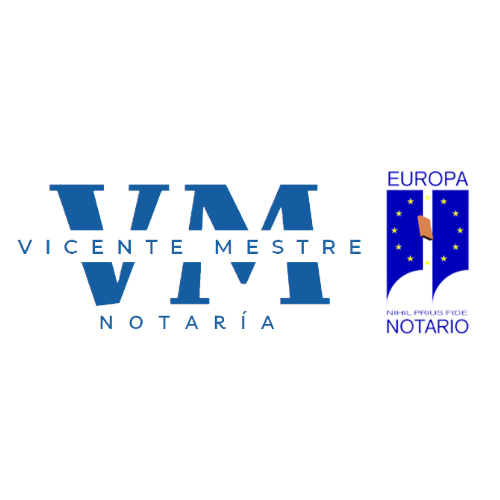The termination of condominium is the cessation of common ownership of a certain asset by several people. The condominium is property in common by several owners, in which ownership shares are assigned to each of them.
The most common cause of the extinction of condominium is the owners' decision not to continue being part of this community. However, it is not the only one.
When it is not possible to carry out the extinction of the condominium by mutual agreement, and the property is indivisible, the division of the property will be carried out by auction.
Causes of the extinction of condominium:
The causes of termination of the condominium are established in articles 552-9 and following of the Civil Code of Cataluña.
It is also necessary to take into account the Law of Civil Procedure, in the event that the division of property must be carried out through a judicial auction.
The causes of extinction regulated in the Catalan civil code are:
Division of the common property or assets.
Meeting in a single person of all rights.
Destruction of the common thing or loss of the right.
Conversion into a special community.
Unanimous agreement or resignation of all co-owners.
Expiration of the term or compliance with the agreed resolutory condition.
Extinction of condominium by mutual agreement:
The most common cause of condominium termination is by decision (mutual agreement) of the co-owners who agree that one of them retains ownership of the property and compensates the other co-owner with half of its value. Said compensation may be solely economic, but it may also be partly economic and partly with the assumption of the debt that may arise from the mortgage that often weighs on the property in question.
There are specialties and possible tax advantages in the event that the property in question constitutes the family home of the couple or the couple and the dissolution of the condominium occurs due to divorce (marriage) or separation (marriage and couple).
The co-owners who opt for an agreement must carry out an appraisal of the property they wish to divide and establish pre-agreements on how the appraisal will be carried out, and also a commitment to accept said appraisal.
The deed of extinction of the condominium can be drawn up before a Notary, paying the corresponding tax.
In the case of a property that is the family home of a couple going through a divorce or separation, the extinction of the condominium must be included in the regulatory agreement.
If this agreement is approved by the court, it becomes the deed of extinction of the condominium together with the judgment. When done in this way, unlike divorce before a notary, the tax on Documented Legal Acts is not paid either.
Extinction of condominium through the courts:
If the co-owners do not agree, either on the price or the form of division of the property, the only possible course of action is to resort to the courts by filing a demand for the division of common property.
The action for the division of common property involves requesting the court to declare the extinction of the condominium, either by assigning each of the owners their corresponding part if the property is divisible, or by selling it and subsequently distributing the resulting money if it is indivisible.
In reality, there is no specific procedure in the laws to carry out the division of common property sentence, but the idea is to achieve it in the most expeditious way possible without violating the rights of any of the parties.
For this reason, one of the most commonly used procedures is provided for by Article 670 of the Civil Procedure Law, which establishes the auction or public sale of the property.
Required documentation:
Property titles for the assets subject to the dissolution of the community.
ID cards of the co-owners. If any company is involved, the powers or appointment of current administrators.
For urban properties, a certificate from the community of owners indicating that they are up to date with community expenses.
Cadastral references of the assets (last property tax receipt).
Whether or not the assets are leased.
The value assigned to each asset.
How the assets are awarded to co-owners.
How the expenses of the operation are paid: Notary fees, municipal capital gains tax (if it concerns urban properties).
